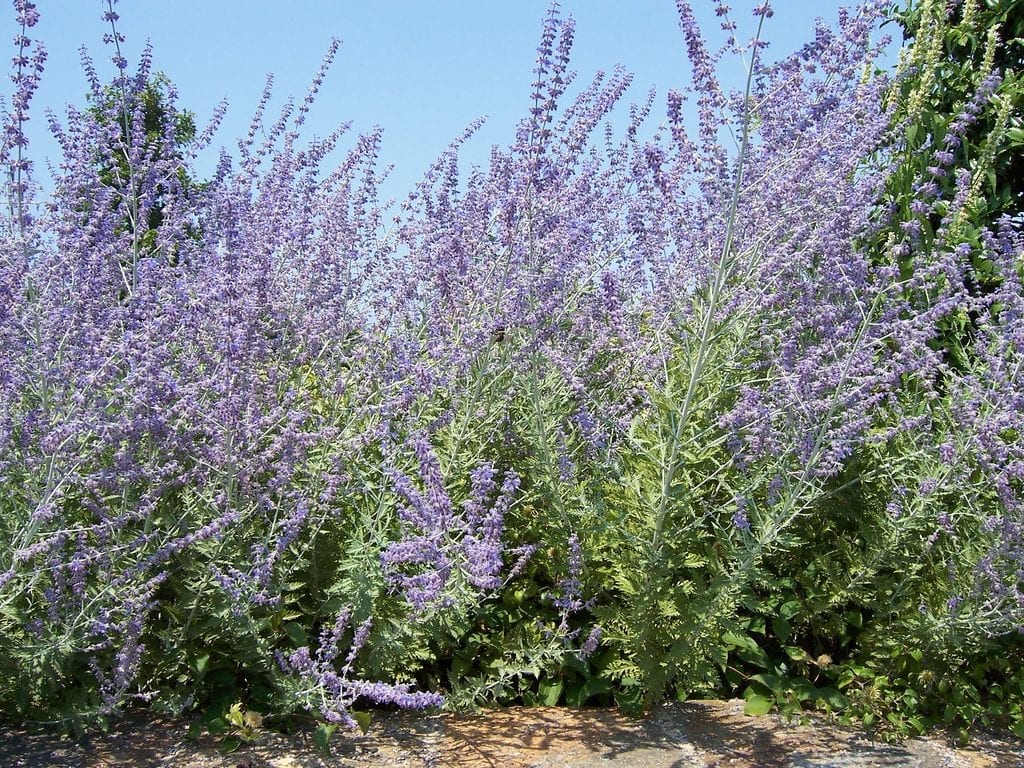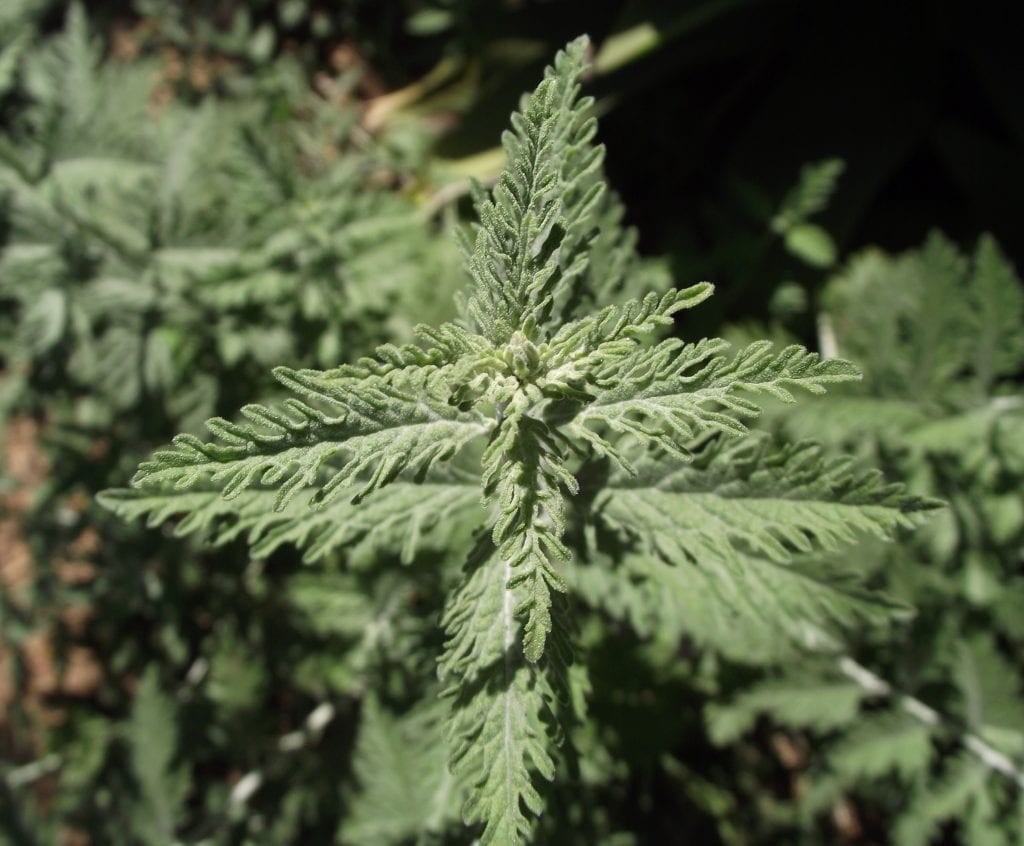
Image - Flickr / Phillip Merritt
At first glance the plants belonging to the genus Perovskia they have a certain resemblance to sage, but are much more resistant to cold than those. In addition, they are also used in natural medicine since it has antiparasitic and analgesic properties, among others that I will tell you below.
If you have a low-maintenance garden or don't feel like worrying excessively about your plants, get a copy of Perovskia that after reading this article it will be easy for you to take care of it, sure 😉.
Origin and characteristics

Our protagonist is a perennial and rhizomatous subshrub whose scientific name is Perovskia, the most popular species being the Perovskia atriplicifolia. It is native to western China, Pakistan, Afghanistan, Iran, Turkey, and parts of Eastern Europe. It grows to a height of between 0,5 and 2 meters., the most common being between 0,5 and 1,2m. The leaves are opposite, with short petioles, and are 3 to 5cm long by 0,8-2cm wide.
It blooms in summer. The flowers are grouped in panicles 30 to 38cm in length, and are lilac-bluish in color. The fruit is a dark brown oval nut with a size of 2 x 1mm.
Uses
Apart from being used as an ornamental, it has other uses:
- Medicinal: It is used as an antipyretic, antiparasitic, analgesic and euphoriant.
- Culinary: in Russia it is used to flavor the Vodka-based cocktail, and in Afghanistan and Pakistan its flowers are consumed.
What are their cares?

Image - Wikimedia / Rationalobserver
If you want to have a copy of Perovskia, we recommend giving it the following care:
- Location: outside, in full sun.
- Earth:
- Pot: universal growing substrate.
- Garden: grows in all types of soils, but prefers those that have good drainage.
- Irrigation: 3-4 times a week in summer, somewhat less the rest of the year.
- Subscriber: in spring and summer with ecological fertilizers, once a month.
- Multiplication: by seeds and cuttings in spring.
- Rusticity: resists cold and frost down to -10ºC.
Did you know the Perovskia? What do you think?